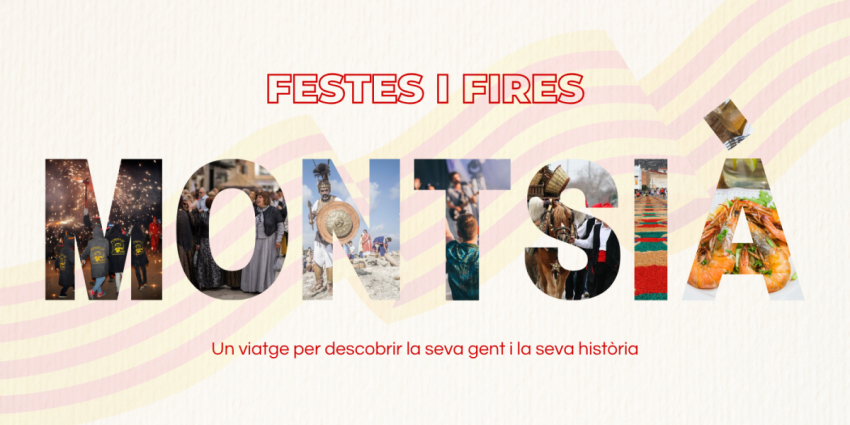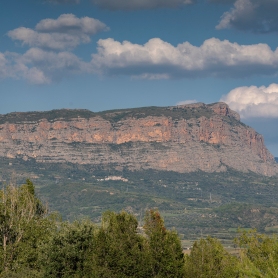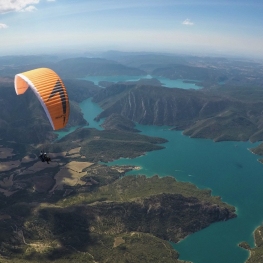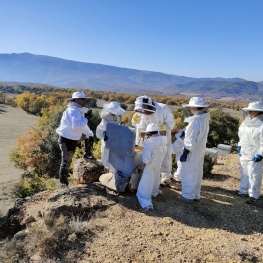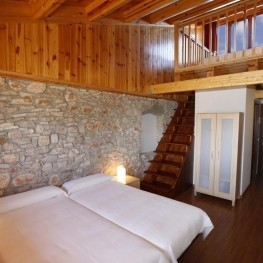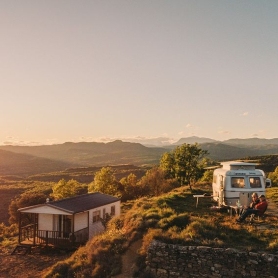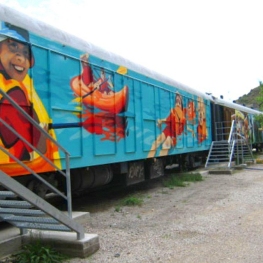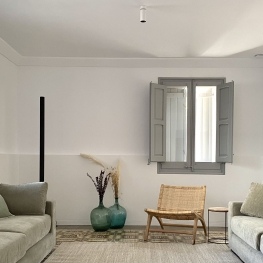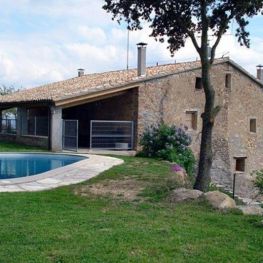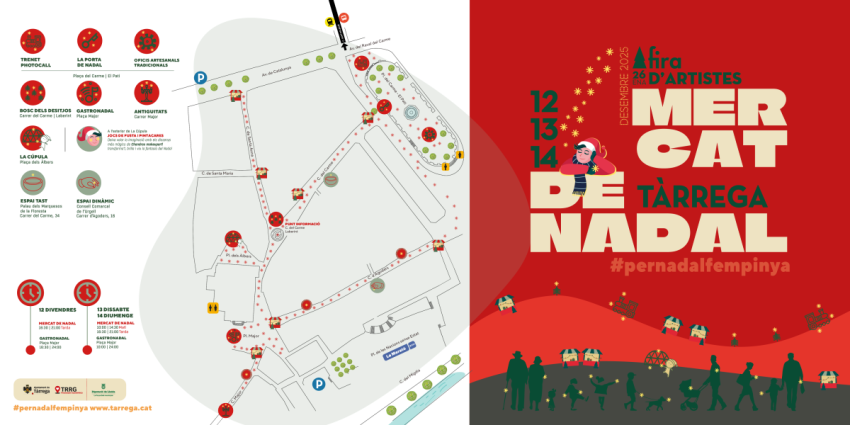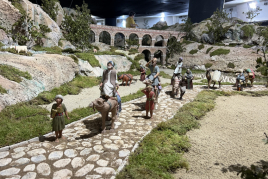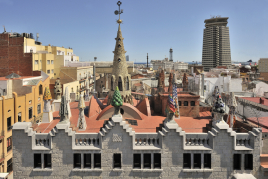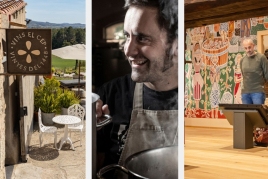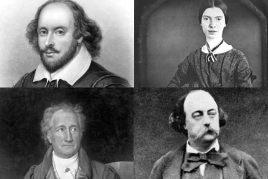Isona: the reconstruction of a town between two fronts
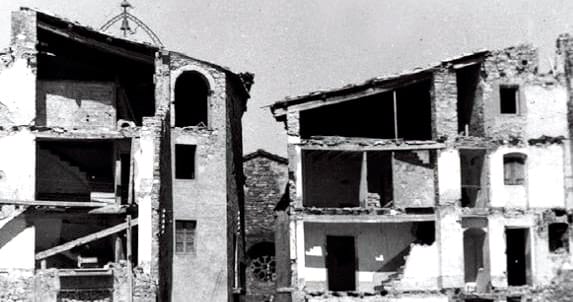
One of the bloodiest episodes in the recent history of Catalonia has been the Spanish Civil War.
Many Catalan towns were scenes and witnesses of confrontations and terrifying episodes, which are still present in the memory of their people, in their landscapes or on the facades of buildings.
The town of Isona , in Pallars Jussà, was one of the municipalities that directly witnessed a military confrontation in this war that caused serious damage, since 75% of the buildings were demolished or had to be demolished. And it is that Isona lived, for a time, on horseback between two fronts - the Republican and the Francoist - being the same municipality a border line between them.
Currently, this part of history is remembered, in a certain way, thanks to the public institution of the Democratic Memorial of the Generalitat of Catalonia, which contemplates knowledge and historical memory as the heritage of all.
This institution and the population of Isona have made it possible for spaces rebuilt after the War to be visited in this municipality today. As well as vestiges of the warlike confrontations that were experienced intensely from April 1938 to January 1939.
Isona, front line
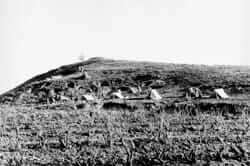 Between the month of April 1938 and January 1939, Isona became the front line of the war between the Francoist and Republican armies.
Between the month of April 1938 and January 1939, Isona became the front line of the war between the Francoist and Republican armies.
The first attack suffered by the population was a bombardment by Franco's troops in April 1938, since the municipality was occupied, at that time, by Republican soldiers.
Then, all the inhabitants of the Conca Dellà were frightened, they left Isona and took refuge in villages in the rear, while the republican army resisted as best it could and stopped the advance of the insurgents.
Isona 's position as a front line meant that the municipality suffered, significantly, the grievances of the confrontations. This received constant attacks by the Francoists, who also built defensive bunkers in order to protect themselves from any Republican counterattack.
In fact, when the conflict in this area ended, the bombings had destroyed the urban center of the municipality and 75% of the buildings were demolished or demolished due to their poor condition.
The confrontation ended, specifically, on January 23, 1939 when the 13th Zaragoza Battalion entered Isona, thus falling into the hands of the Francoists.
defense spaces
The Civil War left in Pallars Jussà a historical heritage based on the archeology of war.
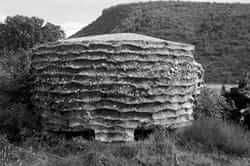 In the natural environment of the population of Isona you can find bunkers and trenches hidden among the vegetation and flora, since the attacks were more intense in this geographical point and both armies built many defense spaces to protect themselves from the attacks they received..
In the natural environment of the population of Isona you can find bunkers and trenches hidden among the vegetation and flora, since the attacks were more intense in this geographical point and both armies built many defense spaces to protect themselves from the attacks they received..
Currently, an itinerary has been designed that makes it possible to follow the bunkers and trenches that were erected, as well as to understand the battles that took place in the area.
This itinerary leads to the Posa Republican Front, an area that was occupied from April 1938 to January 1939 for the second defensive line of the Republican combatants with the aim of preventing the insurgents from advancing towards the Segre Valley..
The area is close to the Virgen de la Posa hermitage and the route is marked with banners and explanatory signs.
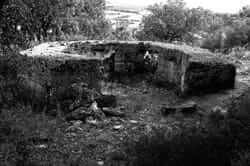 Specifically, in an environment near the hermitage there is a bunker with two bodies that controlled the Bóixols road. And from the door of the religious center you can see the panoramic views of the Pallars front and that made it possible to control the movements of the different armies.
Specifically, in an environment near the hermitage there is a bunker with two bodies that controlled the Bóixols road. And from the door of the religious center you can see the panoramic views of the Pallars front and that made it possible to control the movements of the different armies.
Following the path to the recreation area belonging to the hermitage, a set of fortifications are preserved that create a route that runs between bunkers, trenches and habitual structures that were occupied in 1938.
Also, in the direction of the paleontological site of ichnites of La Posa are the remains of a republican bunker that was damaged during the postwar period.
On the other hand, this itinerary makes it possible to enjoy the landscape and natural environment of Pallars Jussà.
The reconstruction of a devastated town
Isona not only had to be the border line between the Republican and Francoist combatants and experience tragic scenarios, but it also suffered a significant and massive destruction of the town's buildings.
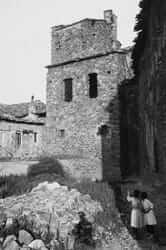 For this reason, when the war ended, Isona was the subject of a reconstruction plan promoted by the General Directorate of Devastated Regions, of which the consequences are still visible.
For this reason, when the war ended, Isona was the subject of a reconstruction plan promoted by the General Directorate of Devastated Regions, of which the consequences are still visible.
This reconstruction plan, in the midst of Franco's dictatorship, began in August 1940 and remained active until 1957 and was intended to respond to the destruction caused by the war.
400 towns availed themselves of this plan and were later designated as " adopted by the Caudillo " cities.
In the case of Isona, some spaces were rebuilt, such as the Plaza Bisme Badia, the schools, the municipal oven, the water tank, the houses of San Vicente and the electricity transformer, which, today, are still standing and integrate an urban itinerary that we recommend you take to remember the town's past.
Each of the spaces is complemented by an explanatory panel.
Bisme Badia Square, for example, was the most damaged space in Isona and with the reconstruction it became the most important area of the town, since the most important buildings, the Town Hall and the rectory were located. In addition, thirteen houses were built in order to solve the housing problem and meet the needs of farmers.
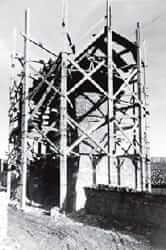 However, the first works that were undertaken were the houses on San Vicente Street, which were also intended for middle-class farmers.
However, the first works that were undertaken were the houses on San Vicente Street, which were also intended for middle-class farmers.
The municipal oven, which was in ruins, was also restored, although it is not currently preserved. In its place is, today, a public square that houses elements of the old oven.
On the other hand, this reconstruction had a modernization aspect, since they took advantage of the actions to improve the endowments of the municipalities. Thus, a water supply and sewerage project was started, which has the water tank as its reference element.
In addition, all the towns intervened by the General Directorate of Devastated Regions had a school built for them. Isona was no less, with a capacity for 150 students, the school was built outside the urban area.
You may also be interested in: The Civil War, exile and repression in Catalonia
What to do
Espai Natura Congost de Mont-rebei
Sant Esteve de la Sarga (a 9.6 Km)Reserve protects almost 600 hectares in the Catalan side: the gorge itself…
Apiferro Mel crua del Montsec
Tremp (a 14 Km)Visit the bees and taste their honey in a unique setting, in…
Where to eat
Hotel-Restaurant Port d'Àger
Àger (a 16 Km)The hotel is designed to accommodate families, friends, and corporate groups, as…
Where to sleep
Eco Càmping Terra del Congost
Tremp (a 12.7 Km)Terra del Congost is an old farm converted into an Eco Camping…
Casa de colònies Vagons d’Àger, Fundesplai
Àger (a 9.9 Km)Vagones de Àger is located in the municipality of Àger, in the…
Cal Guineueta
Cubells (a 27.4 Km)A late 19th-century family home recently renovated as a holiday home, close…
Mas Ampurdanés
La Baronia de Rialb (a 16.8 Km)It is located on the outskirts of Pallerols, in the municipality of…

